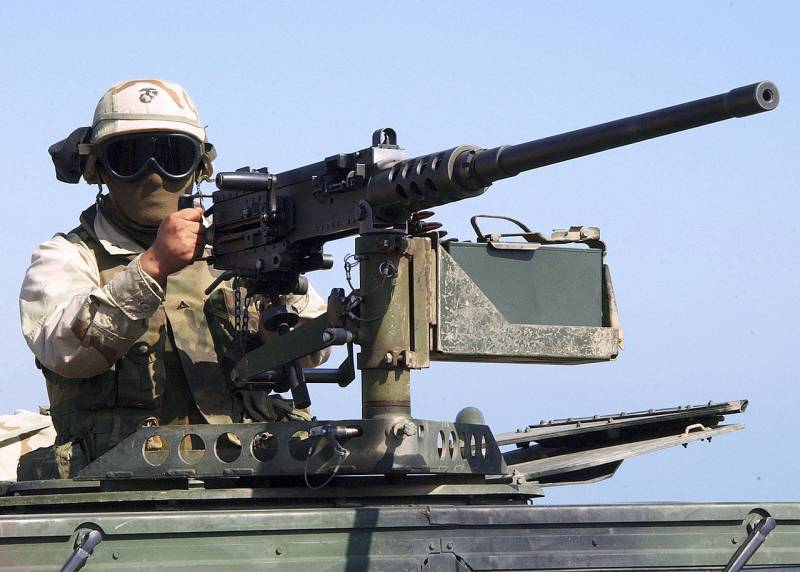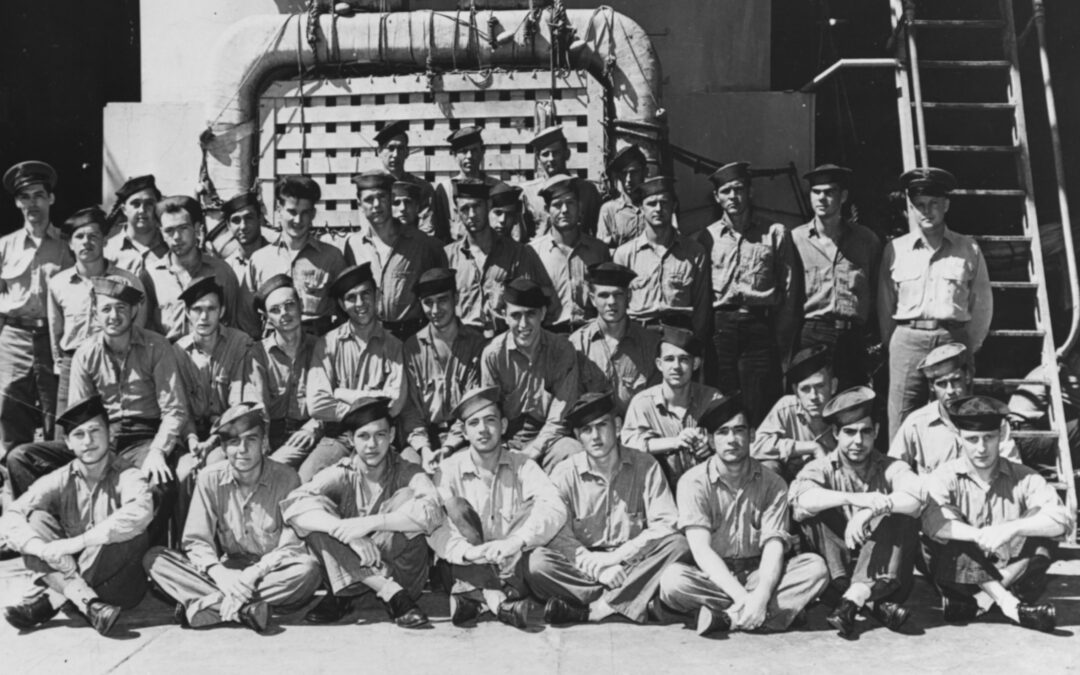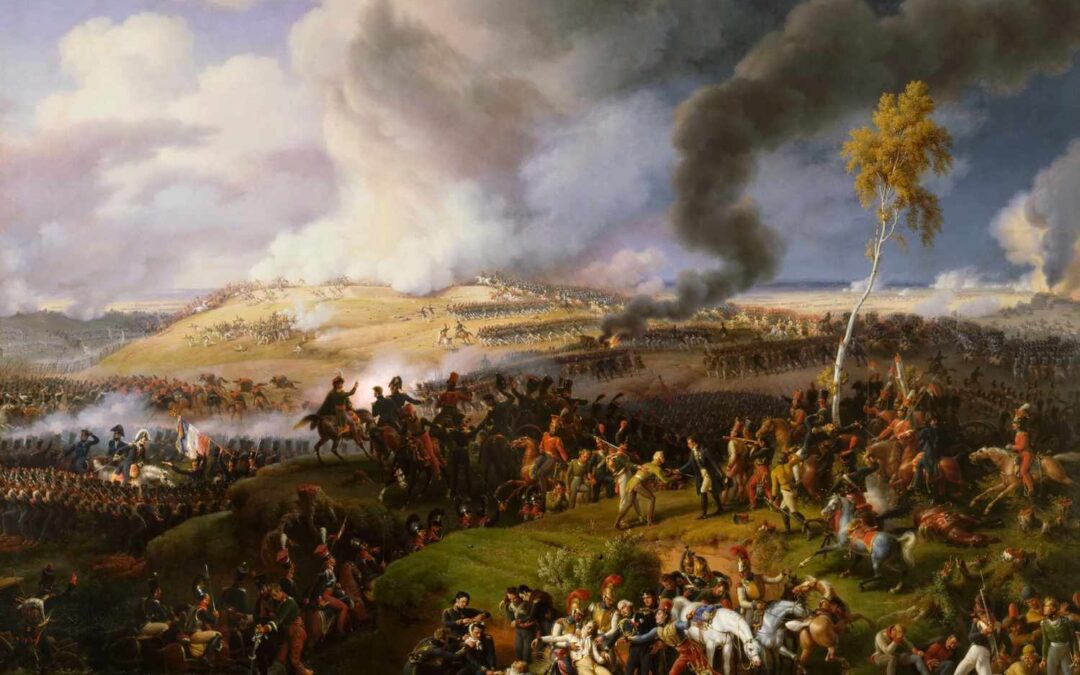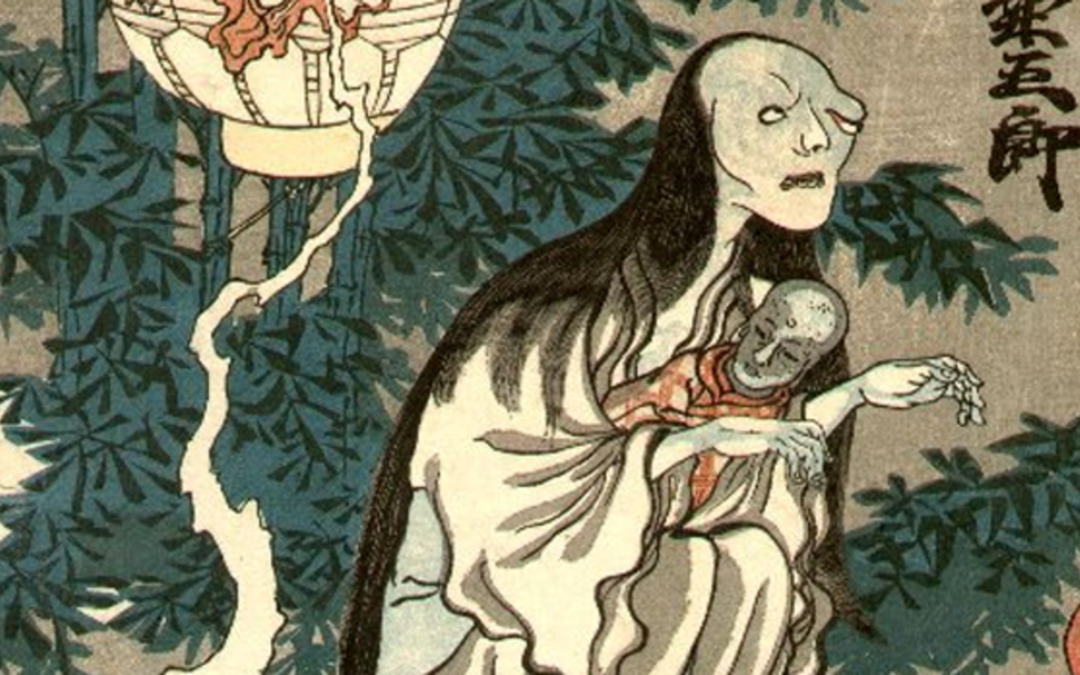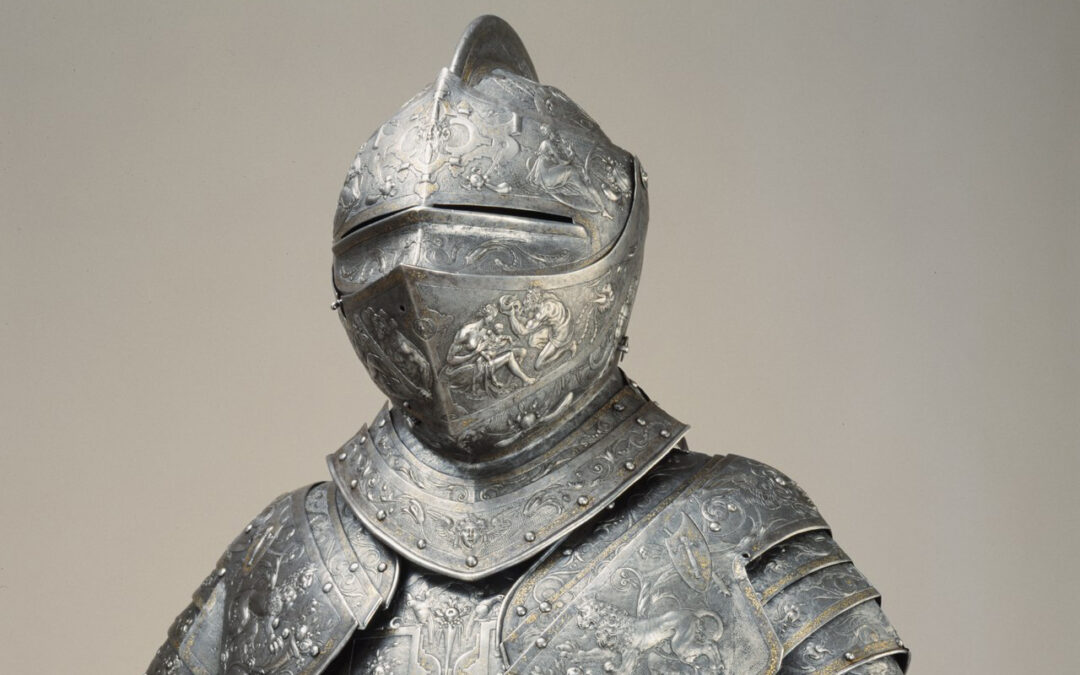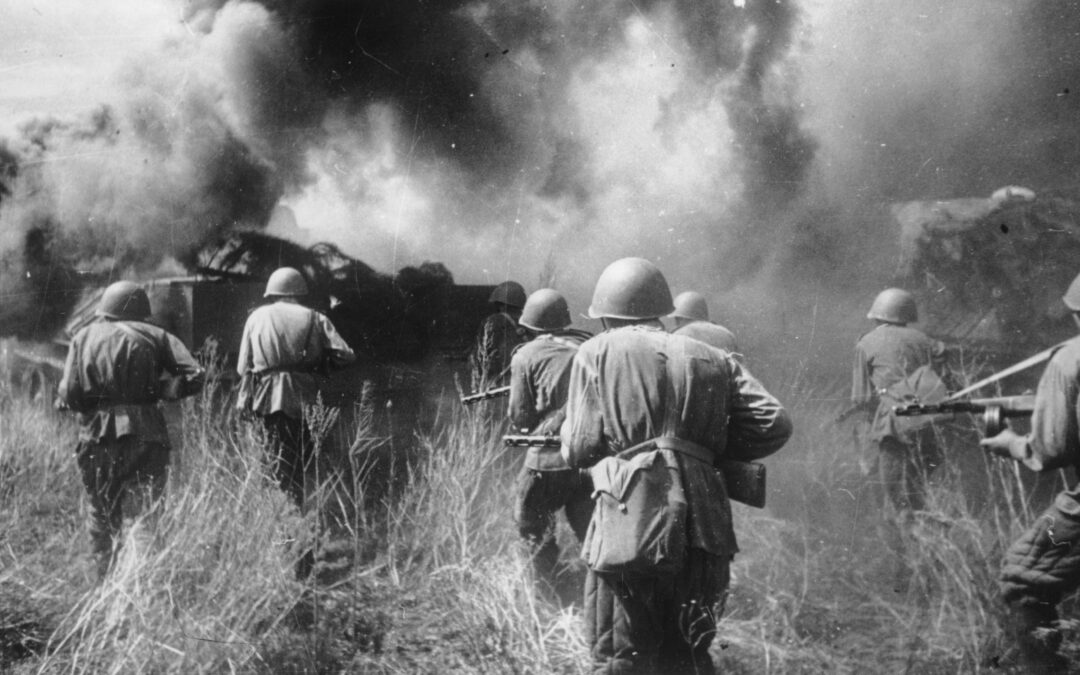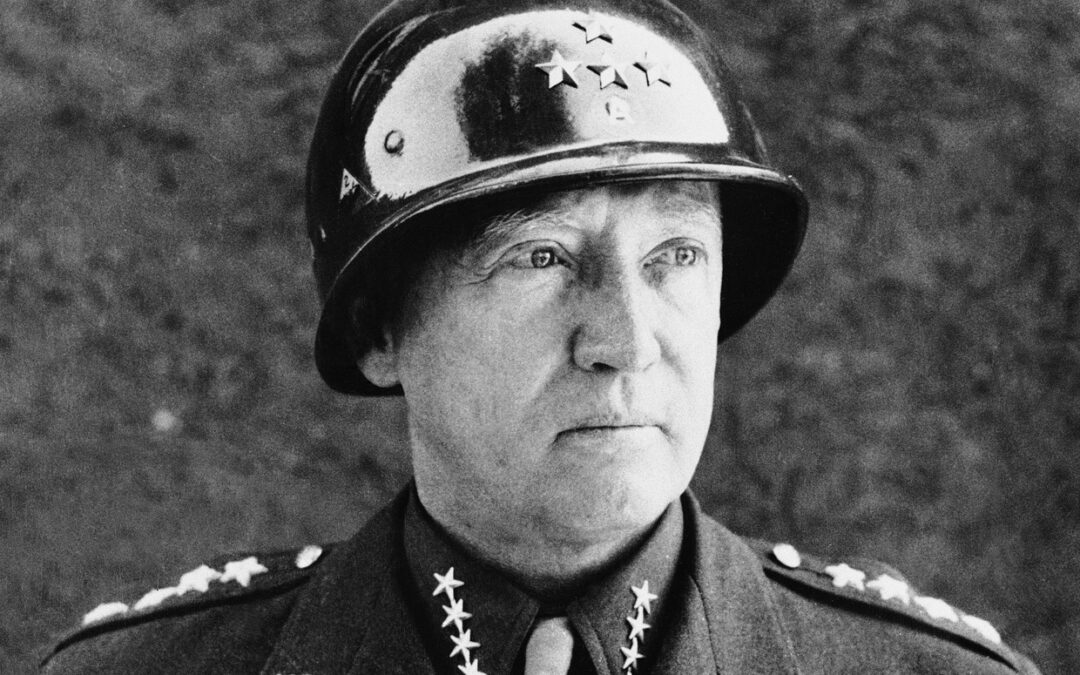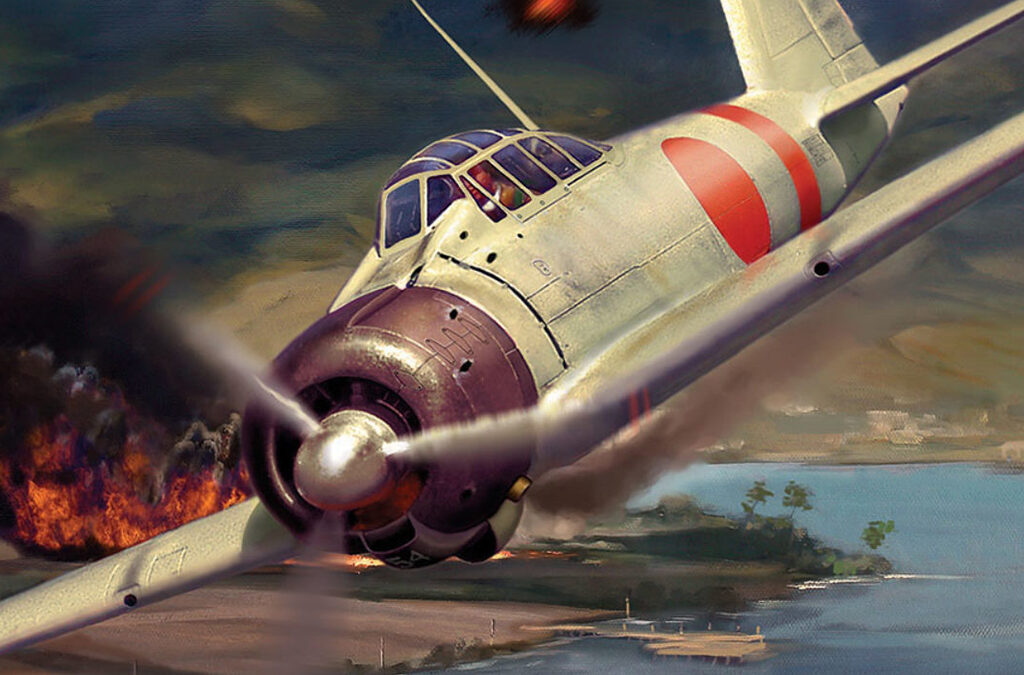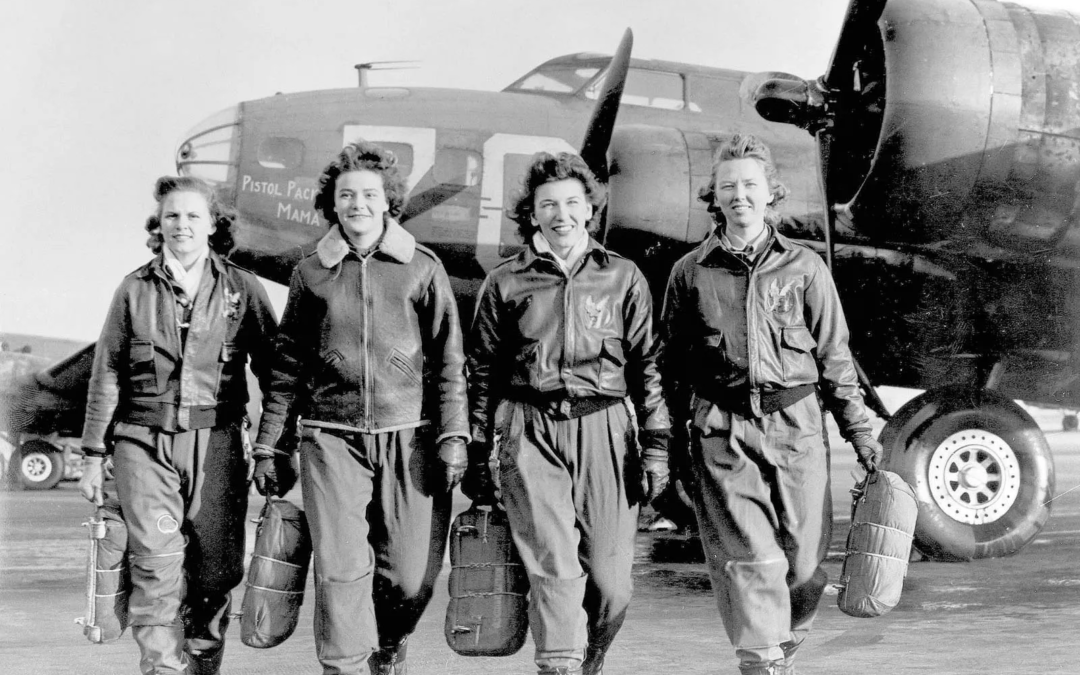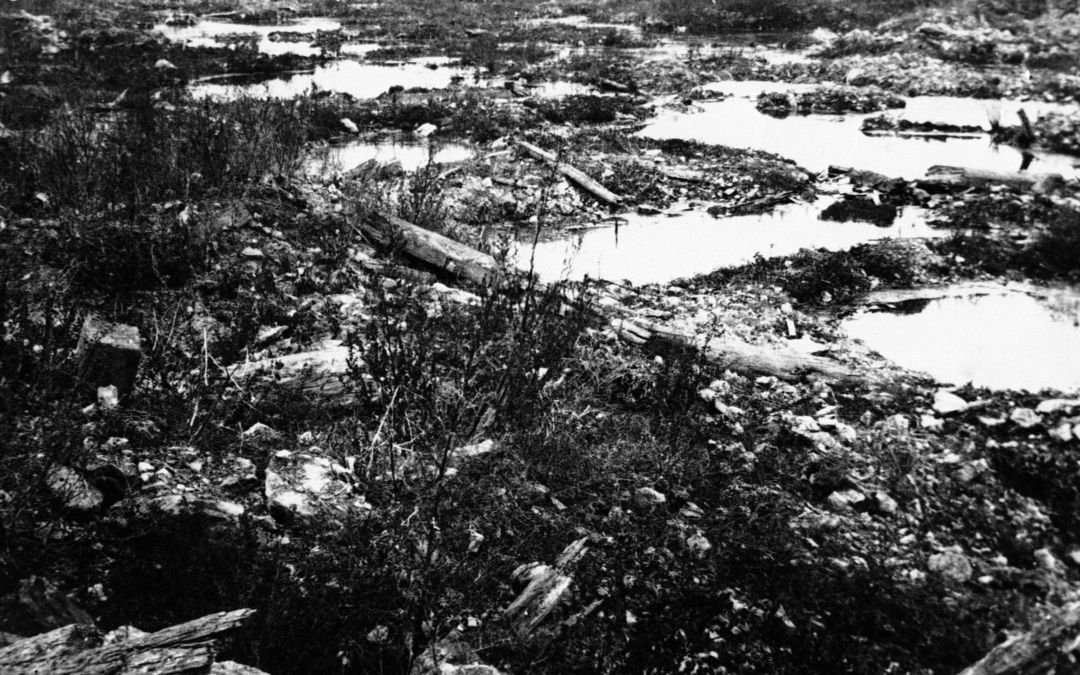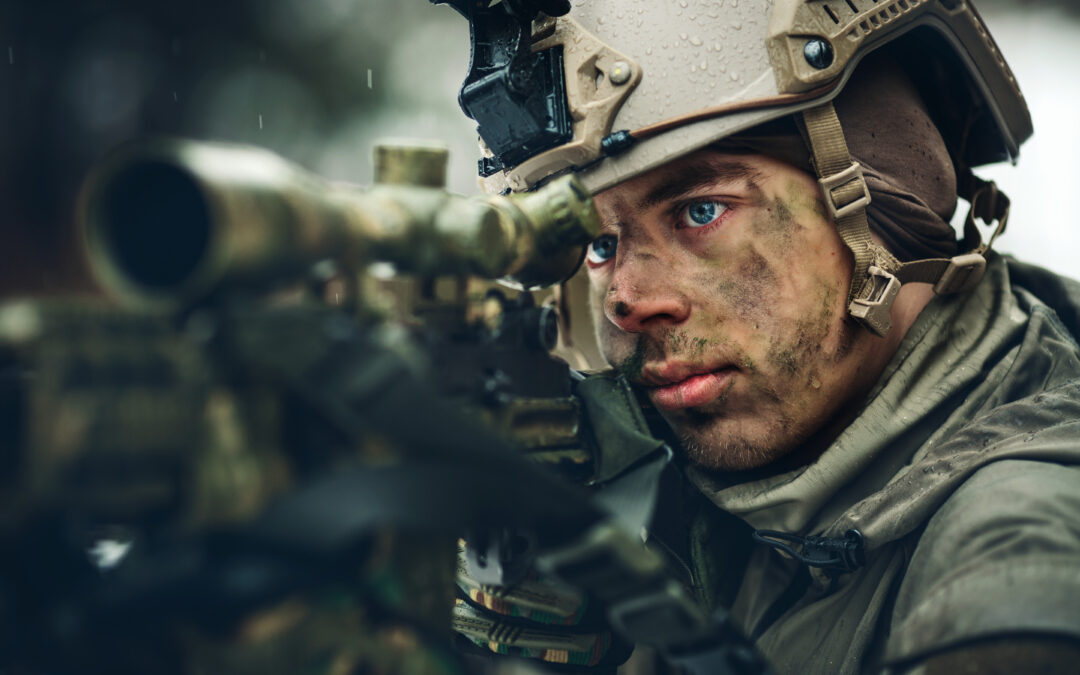The M2 Browning .50-caliber machine gun has been a favorite heavy infantry weapon since the end of World War I. That the weapon has remained in the U.S. arsenal for so long is a testament to its power and flexibility. And no wonder - it was designed by the legendary John Browning himself. Although the M2 has come in many variants over the years, it has still proven an effective weapon from the last days of World War l, into World War II, the Korean War, Vietnam, the Gulf War, and into the wars of today. And that's just the American conflicts it has seen. Britain, Australia, Israel, and Nigeria are just a few other countries that know the battlefield prowess of the "Ma Deuce." Rumors About M2 Browning Somewhere along the way, the rumor mill started in on the beloved favorite. The legend says that any weapons using a .50-caliber round cannot be pointed at people, according to the Geneva Convention. Gunners, it says, must aim for equipment instead. To kill an enemy on the...
